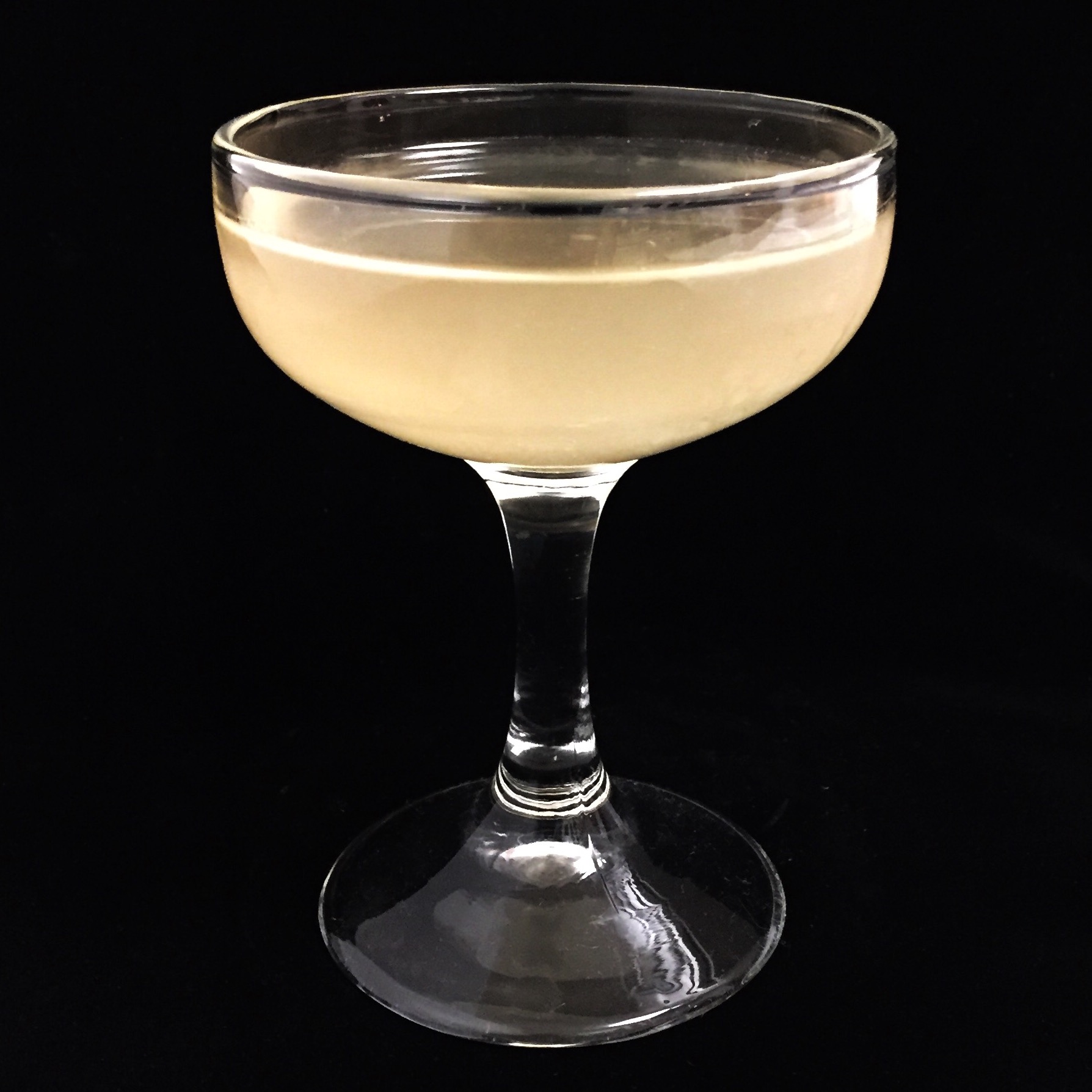From the bartender’s corner – Pure Guava Martini
This is the last guava juice drink of the evening. For the simple reason that now I am out of it. (Preeti, I am sure you will be glad to hear this 🙂 ). This martini is made from Vodka. The guava juice does a very good job od hiding the vodka. An additional ingredient is raspberry liqueur. I used Chambord. That explains the slight tinge in the color. Finally to make it a little more tropical climate oriented, you add lemon juice – just a tad – to remind you of the citrus aroma. The flavor won’t come thru – the raspberry and guava will drown it. But the aroma will be there…

From the bartender’s corner – Pale Original
From the bartender’s corner – Cape Sunrise
From the bartender’s corner – Sugarcane Daiquiri
Hit the perfect spot this time. Tried rum with the sugarcane juice. And switched from limey and spicy to limey and sweet. First, rum and sugarcane are made for each other. In fact, rum was first made by fermenting sugar cane in the Caribbean when Columbus brought sugar cane from Spain to that region. Second, looks like sugar cane wants to stay sweet without trying to go for the edge of a spicy end.
I used Bacardi Limon Rum, sugar cane juice, a little simple syrup and Rose’s Lime juice.
Finally, hit the mark for me!!!

From the bartender’s corner – Sugarcane Martini
This has come out infinitely better. I think Vodka goes better with sugarcane juice than gin. The botanicals in gin seem to conflict too much with the strong taste of sugarcane. Moving to a martini glass with no ice has made it far more consistent.
I went with the same citrusy-spicy theme. Used Lime infused Vodka and some splashes of Sriracha Vodka (believe it or not, there is such a thing).
Great end result. Slight aroma of spice and great sweet and lime-y taste. This one you can try at home…
While we are at it, you can still claim this drink by giving it a good name…

From the bartender’s corner – Sugarcane Gimlet
Well, there is no such thing as a Sugarcane Gimlet in any of the acknowledged books on cocktails. But this is pretty much a gimlet with sugarcane juice in it. Therefore, my lame attempt at naming this. I would be really glad if any of you want to claim this drink and name it.
This morning I woke up after dreaming about sugarcanes. I have no idea why. Sharmila did not even say “Sweet” Dreams (haha!) before I went to sleep. But once I woke up, I started thinking about all that street side sugarcane juice we used to have (“ganne ka joos”) when we were kids.
Then I started thinking about how to incorporate it in cocktails. (You have to be an idiot like me to get up in the morning and start thinking about alcohols 🙂 ). The problem was how to get myself some sugarcane juice. Anyways, after some failed internet searches, Sharmila came to the rescue by suggesting a Asian store. Sure enough, they had a can of sugarcane juice from Thailand (although 65% diluted).
I am going to try it out with gin, vodka and rum to see how it works out.
This is with gin. Given the sweetness of sugarcane juice, I used Tanqueray Rangpur gin (to get the aroma of Rangpur limes from Bangladesh) and muddled in a little bit of chili to finish every sip with a bite. And threw in a few drops of lime juice.
The end product was good but not as good as I was hoping. There is a big difference between freshly squeezed sugarcane juice and canned ones. Sharmila told me already where I can go stand in a queue and get freshly squeezed sugarcane juice in Atlanta. It is too late now. For today, I am going to keep experimenting with the canned juice. Also, if you try this yourself, pour it in a martini glass. The ice does not help an already diluted juice.

From the bartender’s corner – East Wing
From the bartender’s corner – Ranger Cocktail
From the bartender’s corner – Manhattan
This is the all time classic drink made from rye whiskey, sweet vermouth and bitters (and of course, a cherry). Many make this with bourbon whiskey (some consider it blasphemy due to the sweeter overture of a Bourbon as opposed to Rye) and Canadian whiskey (I guess this one goes back to the Prohibition Era). The proper way to serve this is in a chilled glass – neat – with no ice. I prefer with a King ice though. If served without ice, a martini (cocktail) glass would be the appropriate glass. With ice, a lowball glass is a must.
Among bartenders, it is common practice to stir the drink instead of shaking it before pouring into a chilled glass. In the olden days, it had to be done to avoid the froth that formed (and with whiskey and vermouth, it may take some time to go away) but these days, the alcohol production is far more refined and has less of the very fine pollutants that cause the froth in the first place.
The origin of this classic drink is a little confusing. It was either made by a bartender called Black in Manhattan, New York (Broadway, to be specific) in the 1860s or by Dr. Iain Marshall at the Manhattan Club in New York in the 1870s.
In this, I used Southern Rye Whiskey, Gallo Vermouth and Peychaud’s bitters.





